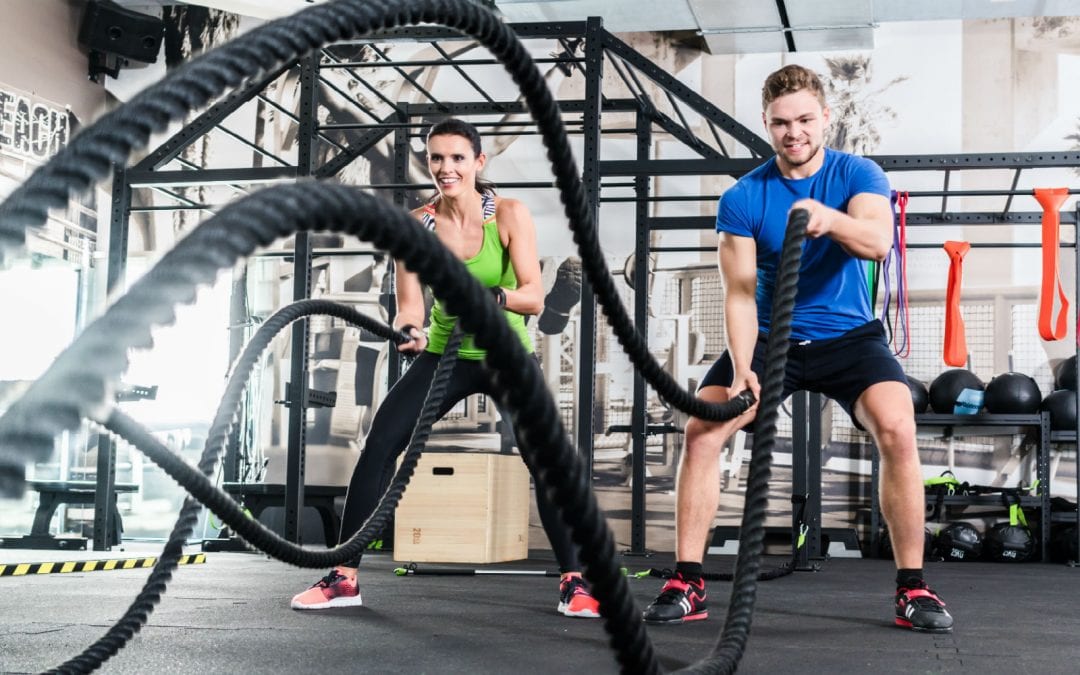
Even biceps curls can be a specific exercise to help a running back keep a tight grip on the ball. Or, performing standing cable presses or angled barbell presses to improve standing pushing strength. Other examples of what we would call a specific exercise would be performing squat variations to improve vertical (squat) jump height. The Plum Position) than does the general Pull Up or Chin-Up. The force production patterns and joint angles in this exercise more closely match those of the clinch (aka. What it means is that we work on improving specific force generation patterns, which transfer into target movements! I first wrote about the Kettlebell Clinch Pull-Up in 2009 as an example of a “Specific” exercise application for improving Muay Thai Clinch strength. Now, don’t get it twisted as this does NOT mean we work on skills with our specific (functional) exercise applications. In addition, joints ranges of motion in the training should be at least as great as those in the target activity.”Įssentially, the adaptations to training will be specific to the demands the training puts on the body.

“The simplest and most straightforward way to implement the principle of specificity is to select exercise similar to the target activity with regard to the joints about which movement occur and the direction of the movements. Everett Harman in the reference book for the NSCA, “Essentials of Strength & Conditioning”: “The concept of specificity, widely recognized in the field of resistance training, holds that training is most effective when resistance exercises are similar to the sport activity in which improvement is sought (the target activity). The SAID principle is also known as the “principle of specificity.”Īccording to Dr. These exercises have a direct and obvious (functional) transfer because they’re based on the principle of Specific Adaptations to Imposed Demands (SAID). In the video I mentioned that in the Performance U training system, we classify exercises as either Specific or General. Here’s the break-down on each type of exercise: SPECIFIC Exercises And, the physical therapists and corrective trainers tend to think the 3D trainers and strength coaches are both off base.Īll this endless debate, animosity and down-right insanity over differing definitions of what functional training is can be solved very easily by understanding and embracing the REAL definition of the word “functional,” which is exactly what I provide you in this video. While the strength coaches tend make fun of the 3D trainers for doing circus acts and not lifting intense enough. The 3D oriented personal trainers tend to think traditional weight-lifting is “non-functional” and only good for those interested in bodybuilding or being weight-room studs. The realities described above gives us the State of the Fitness and Rehabilitation Industry, which is… – Many Physical Therapists and Corrective Exercise oriented Trainers think that “functional training” is about regaining your muscle balance and fundamental movement ability before you begin doing either 3D exercises or the basic lifts. – Many Strength Coaches feel that “functional training” has to do with just getting stronger in the basic lifts. – Many Personal Trainers define “functional training” as exercises using three-dimensional movements or standing on unstable surfaces.

Just about every personal trainer, strength coach and physical therapist uses the terms “”Functional Exercise,” “Functional Movement” or “Functional Training.” And, it’s no secret that different people choose to define the word “functional” in different ways, depending on their chosen training approach.


 0 kommentar(er)
0 kommentar(er)
